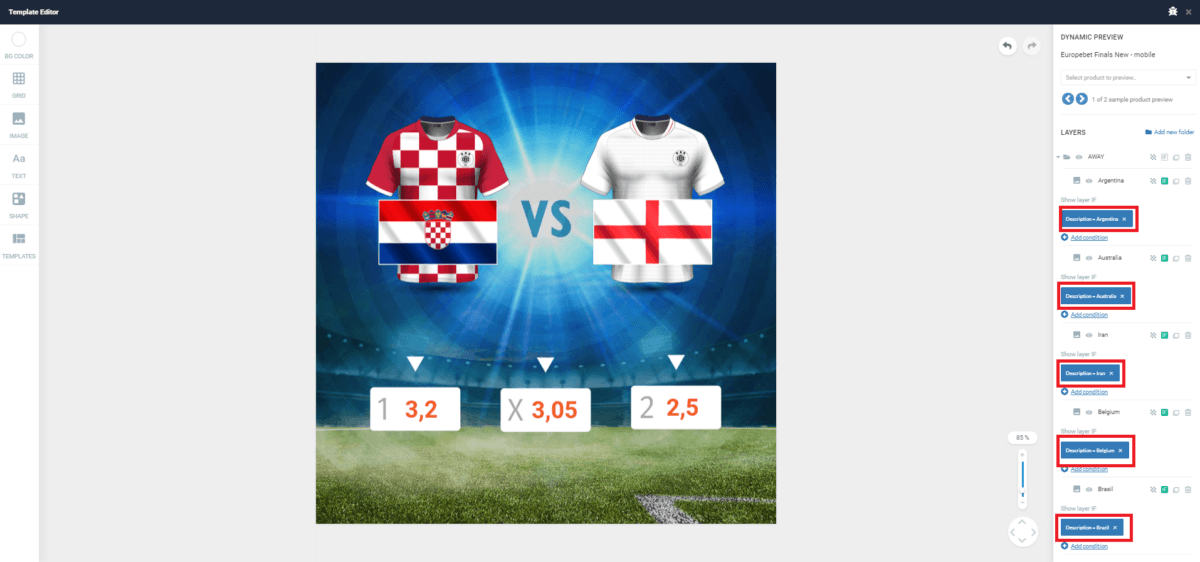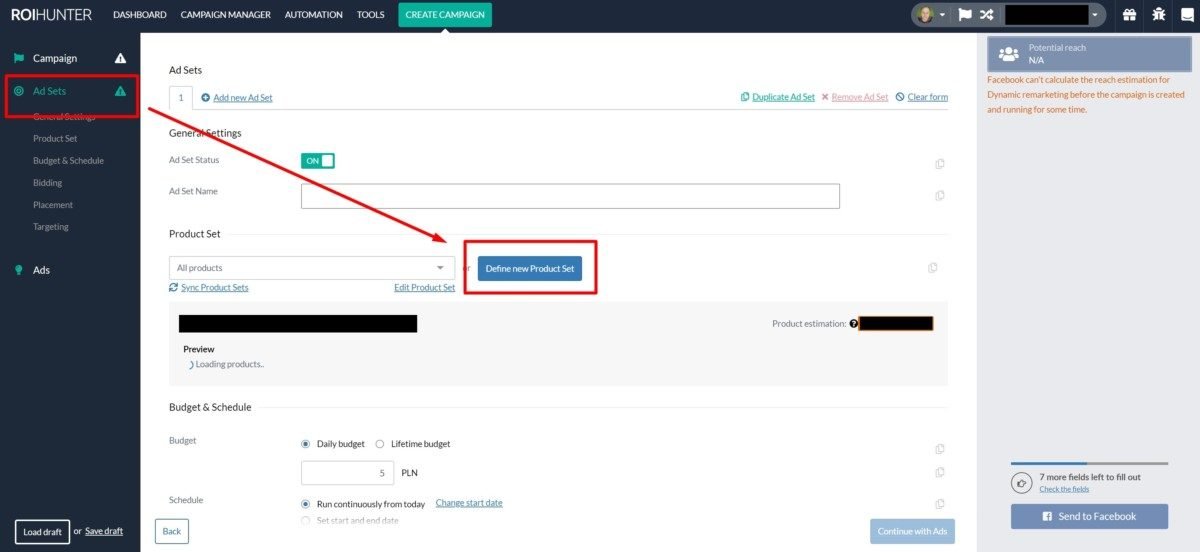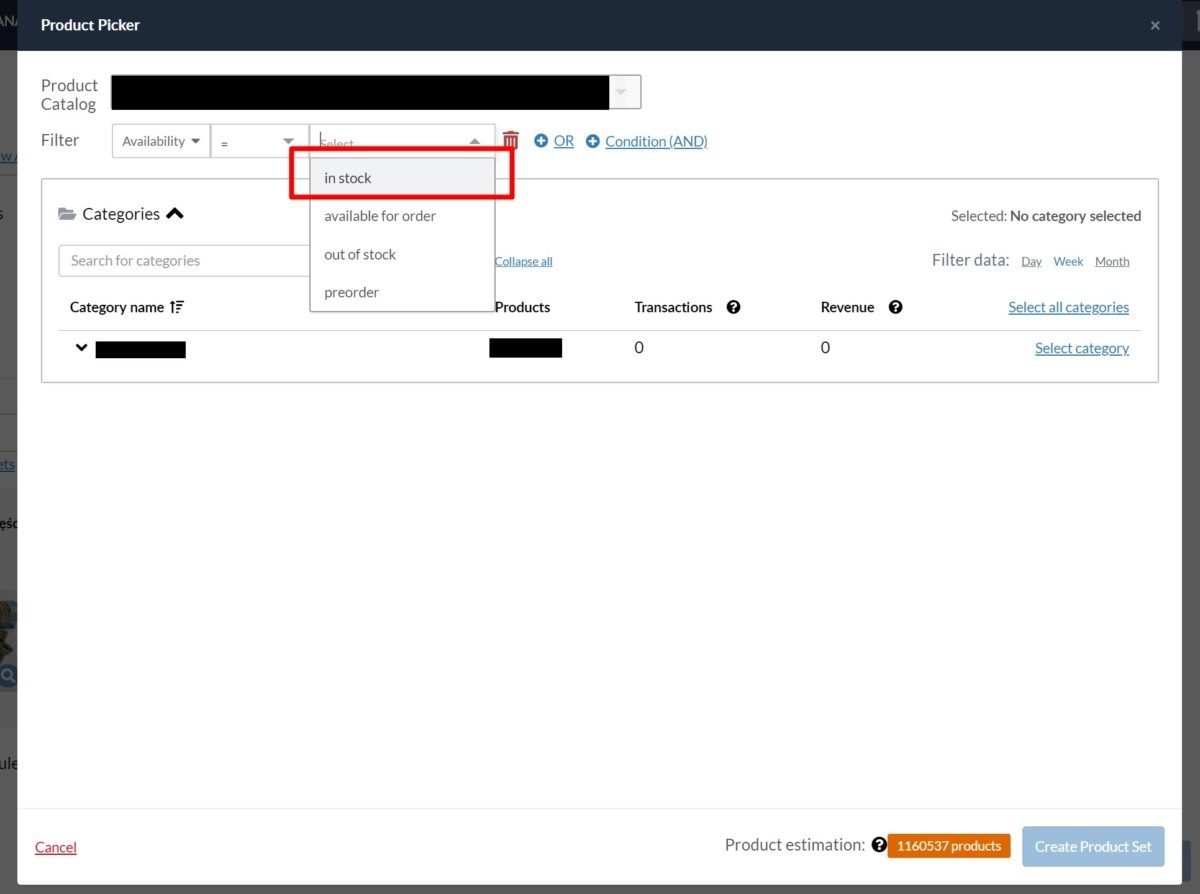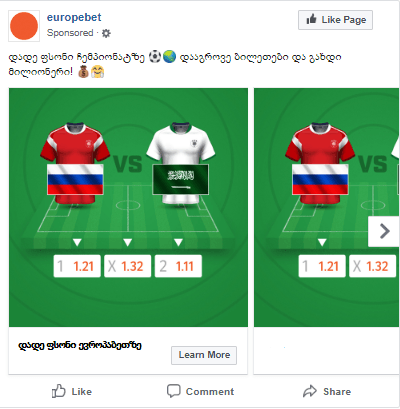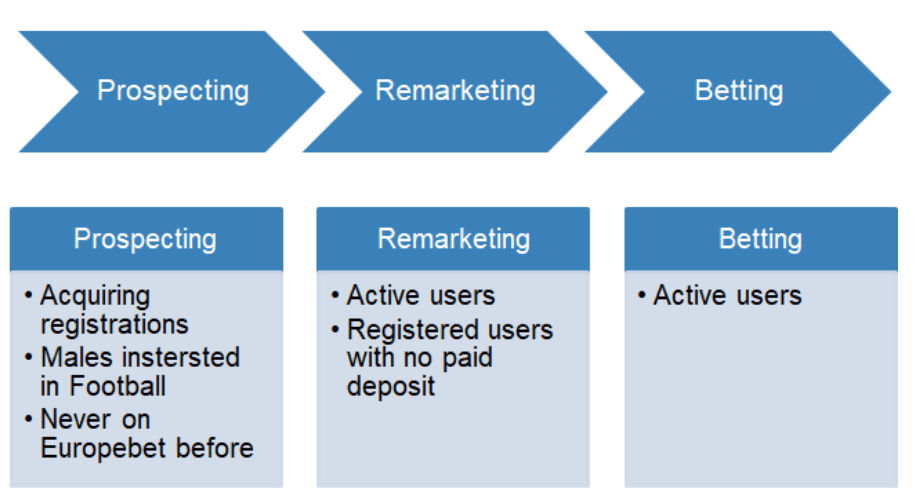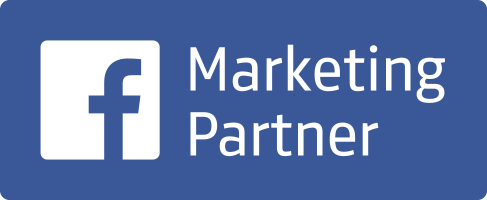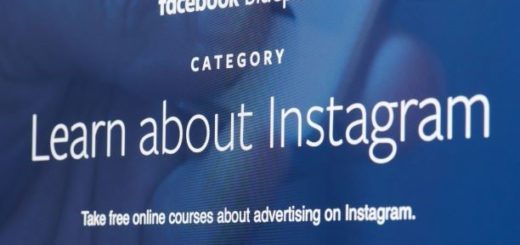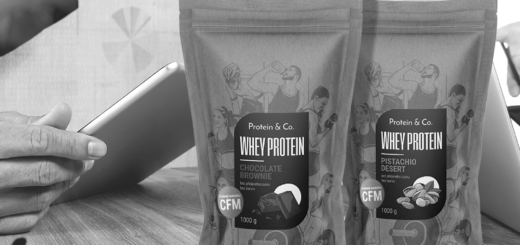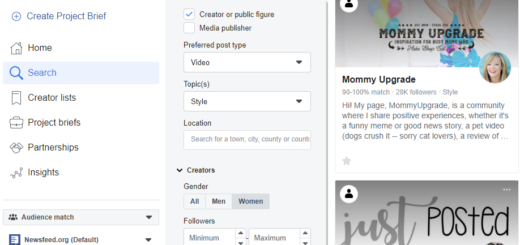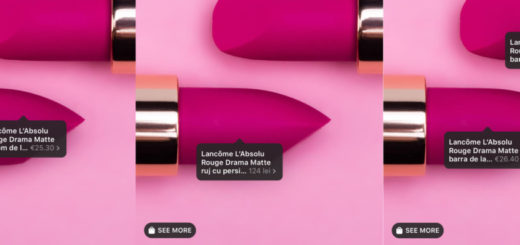
The primary goal of our cooperation with europebet, a Georgian betting company, was to increase player registrations and deposits during the Football World Cup that took place in Russia. To achieve our goal we employed a creative and advanced usage of product feeds; a solution most commonly used among e-commerce businesses. This solution, allowed us to shows creatives of the competing teams dynamically, on the right time while, most importantly, cutting down on our time creating hundreds of creatives and allocating it to the tasks that mattered the most; exceeding our client’s KPIs. From 14.06 -14.07 we managed to achieve a 250% increase in registrations and a 251% increase in deposits.
Europebet (EB) is one of the main gambling/betting services in Georgia (GE) with a solid position on the market. EB was also the primary sponsor of the world cup games transmissions in Georgia, so this was the best opportunity for us to challenge ourselves with an entirely new approach and method for FB ads, and to take as much from this for our client as possible, especially with when combined with the sponsorship campaign on Georgian TV.
The Georgian betting/gambling market in such a small country is very competitive. There are approximately about 2 400 000 adult Facebook members, both Male and Female. The competitors’ scene consists of 6 other big gambling and betting services, which aggressively fight with us for acquiring and maintaining users. Taking into account the Georgian law that allows Gambling ads only on Facebook, this makes the competition even more fierce.
Who is our ideal target audience
An ideal customer is the one that will not only register but one that will deposit money as well The reason behind it is simple: When someone registers and makes a deposit this means that they are one step away from placing a bet. A registered user making a deposit (New Deposit Customer or NDC) makes them even more valuable because their lifetime value grows significantly more compared to registered users who have made a deposit. As per our client’s words “NDC is the king”.
Our Strategy
To go live with our solution we needed to prepare along with the EB team, a lot of materials, and of course, the product catalogues that were the heart and soul of our strategy.
1 – Prepare the product feed.
A typical solution primarily intended for E-commerce businesses In our feeds instead of products we used a unique football match. We created two feeds; one for mobile devices and the second one for desktops. The EB team filled each line in the feed with basic info about the game, like the teams playing, texts for different ads, and the exact time of the match being transmitted in the Tbilisi Time. The time information was essential for us since according to this we would schedule the precise delivery of each game. We filled the rest of the required columns with the rules that we will explain later on.
2 – Prepare the dynamic templates.
Our templates will automatically update elements of the creatives, according to what games were being transmitted. We received all the required materials, like team jerseys, backgrounds, odds brackets, and even the fonts for the odds.
3 – Set up rules and functions in Google Sheets, and ROI Hunter platform.
These enable us to “schedule” the exact time for our ads to be delivered and also which team jerseys would be shown.
4 – Set up the campaigns.
We created both prospecting and remarketing campaigns. Our primary goal, however, was to acquire an as high as possible number of new users and activate them by encouraging to make the first deposit, which would then allow them to bet on the World Cup games. We directed the ads to mobile devices as well as desktops, and the format we used was always the carousel which contained three products (matches).
Implementation
1 – Feed Template Editor (TEDI) a built-in feature in ROI Hunter
A) We had two layer groups to create graphics for: the “home games” and the “away games” Both groups contained all of the teams playing in the cup. The reason for having two separate groups is because we would use rules in TEDI to dynamically display the correct jersey on either the left (“home”) vs the right (“away”) position. This is how it looked in TEDI.
Setting up the jerseys was pure fun, a lot of work however as well, but in the end, this solution saved us, and our graphic designers, hours of creating manually new graphics and manually setting them up in campaigns.
The result of this creative approach? Fully automatic creatives for each game.
The jersey on the left was always the “home” team, the one on the right was the “away” team. We started by setting up the “away” teams. The “description” column contained the name of the “away” team, and on the “image link” column we have input the link from the server directing to the home team, based on the correct line (product/match) from the feed. For each “away” team we had to set up manually, the right placement on the graphic itself on the template. On the right side of the panel, you can see the layers, and we added this rule to each away jersey: IF “description = [name of the away team]”. This would show the game that paired with the ones available in the feed. This is also why we were adding the games/matches/products gradually, so we could avoid showing the games that were too far in the future and were not relevant at the moment.
What about the one for the “home” team, would ask? The “Home” team was set up only once, along with the size of the jersey and its place on the graphic. Every row contained the “image link” column with the URL of the “home” jersey on our server, and when the “description” matched the away team name, automatically the jersey on the left was shown, in the correct size and place. Once this was set up, the only thing left was to add the matches to the catalogue gradually.
This is precisely how the fully automated the process of displaying the right ads for the right games at the right time. We are very proud of this idea/solution because we are aware that such a thing was never implemented, and, as it turned out, the results exceeded our expectations.
B) We used the “custom_label 2/3/4” column to present the live odds for the matches, this gave us the effect of a tailored ad for people interested in sports and associated with it gambling. The labels respectively were:
2 = win of the home team
3 = draw
4 = win of the away team
C) Gradually add matches to the catalogue to avoid showing irrelevant matches. We wanted to achieve a more “right here, right now” effect.
D) In ROI Hunter platform, we had set up the rules for delivering the ads, the delivery itself was to be determined by the “availability” column, based the two values this column can contain; “in stock” and ”out of stock”. We are setting this when creating the campaign on the ad-set level. This is how it looks in the tool.
E) For presenting the odds, we used static values. Our original plan was to update the odds dynamically, but in 99% of cases, the odds were changing fast, and often, during an hour before the game. With the feed being updated every hour (about 30-40 minutes with the ROI Hunter platform), we decided to put in odds manually, and turn off the matches an hour before their broadcast on TV. Later on, we will show you how we set up the ads in a way that it would stop an hour before the game, without creating separate ad-sets.
F) We created an additional, nonfunctional column, where we entered the google function “=NOW()”. This function shows the actual time and date and automatically updates every minute.
In the rows under this column, we asked the EB team to enter the time and date precisely an hour earlier the scheduled game for each match separately, in the same format as the “=NOW()” function.
After that, in the “Availability” column, we entered the “IF” function, you see below.

“=IF(R2>$R$1,”in stock”,”out of stock”)”
This function would compare the values for both times, and if the “=NOW()” function was later than the time entered by the EB team, then the formula would update the availability column for that game from “in stock” to “out of stock”. When that happened, the delivery of this product/match would be stopped, and only available games would be shown. Using advanced google sheets functions in a feed has proven to be very useful, and gives as many possibilities as there are functions available. This can also determine a lot of factors without having to edit ad-sets, going through the approval process, and having breaks in delivery.
G) Halfway through the world cup to determine the delivery of each product/match, we tested the “expiration date” column. This solution was much more straightforward and but worked perfectly fine. The date also needed to be in a very specific standard, ISO‑8601 (YYYY‑MM‑DD) and had to be in GMT, so to stop the delivery an hour before the match, we needed to subtract 5H from the time of the game in Tbilisi time.
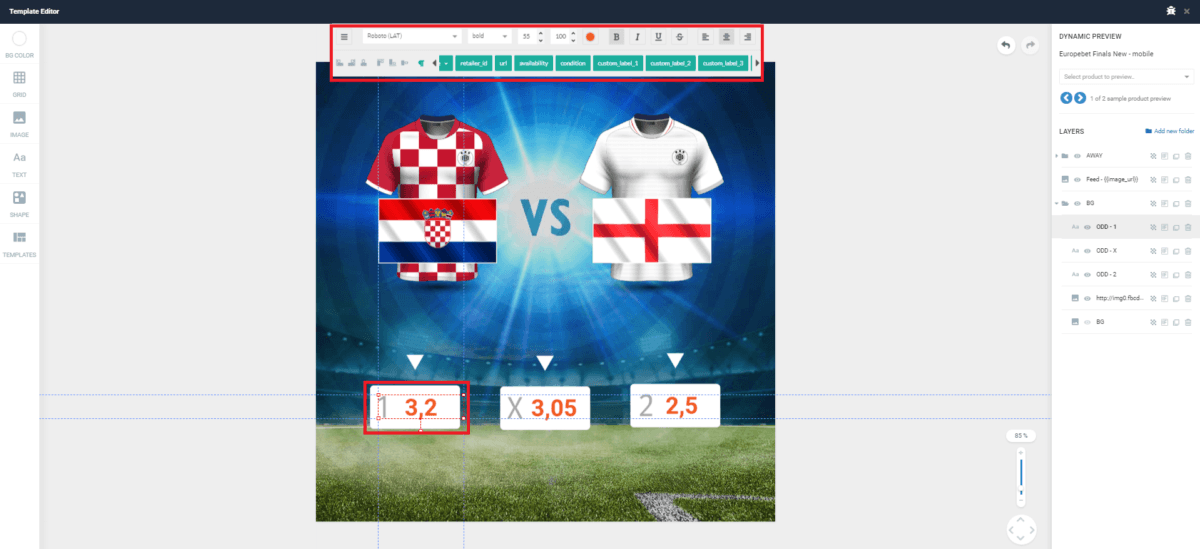
Here we can see the layers on the right side, in the middle we see implementing the value to the exact space, in this case, the odds, and for this space on top, we select from which column of the feed it is taking data from, in TEDI.
2 – The creatives
We decided to keep it simple and show the most interesting and relevant content on the ads, the teams playing, and the odds for betting and this has proven to be effective. As written before we received all the required materials from the EB team, backgrounds, team jerseys, odds brackets. The format was a carousel with three products/matches in it. This is how the ads looked.
Those creatives were used during the group phase of the tournament, for the later parts we used more championship like background
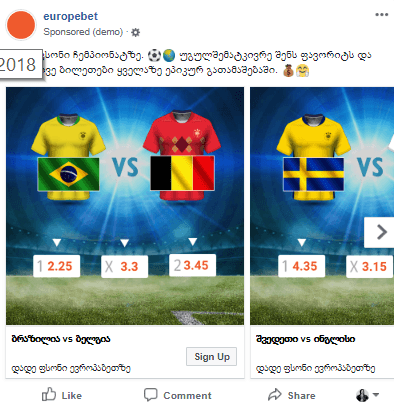 This is the championship background used after the group phase
This is the championship background used after the group phase
The campaigns
1 – Prospecting
The central part of our actions was the prospecting campaign, we used the solutions explained above to target Males interested in football, and other broader groups of Males, such as people who have never been to europebet website before. The campaigns were set for conversions and optimised for registrations, which were the first, and obligatory step to gather the deposits. Thanks to this we managed to gather a massive amount of new users, which after that, we encouraged them to make the first deposit.
2 – Remarketing
The second part was remarketing, which we did in two separate methods. First one was to target our registered, and active users, show them the DPA’s, and by this to encourage them right on the spot to bet on the world cup games. Even though this was not necessary, we wanted to give a kind of an added value for our existing customer base, and give them a feeling that we remember them. This was also an added value for us, because on the competitive Georgian market we didn’t want to be forgotten since the competition also had definitely increased their actions during the world cup, and that could lead to them stealing our users, and we did not want to allow that.
The second method was to run a static remarketing campaign, with our special promotion, which had separate graphics and communication, which was extra money for betting and gambling for all users who deposited after clicking the ad, regarding CPA for the deposits this was the best performing campaign. We targeted that to the group of users that registered but not yet paid the deposit. This audience was pretty small but very relevant.
Results
Committing to automated real-time marketing was a huge jackpot, it gave us very high relevance scores, which lead to winning way more auctions, and also, since Facebook promotes better quality/relevance ads, we were winning auctions with lower costs, even when the other ads conquering with ours were hugely overpaying for their delivery. We also did not overbid our ad-sets to force more delivery, that precisely shows how Facebook wanted to display content that was more valuable for the ad viewers.
What results did we get from this solution? This has been a surprise for both us, and the customer. We managed to get the significant increase in registrations by 250%, in deposits by 251%, and the number of bets placed by 76%.
The increase in bets made was much smaller. However, the amounts of bets themselves are really big each month, and active users bet a lot all the time, whether its world cup or not, so even such a small increase :) of 76%, is still several thousands of made bets.

